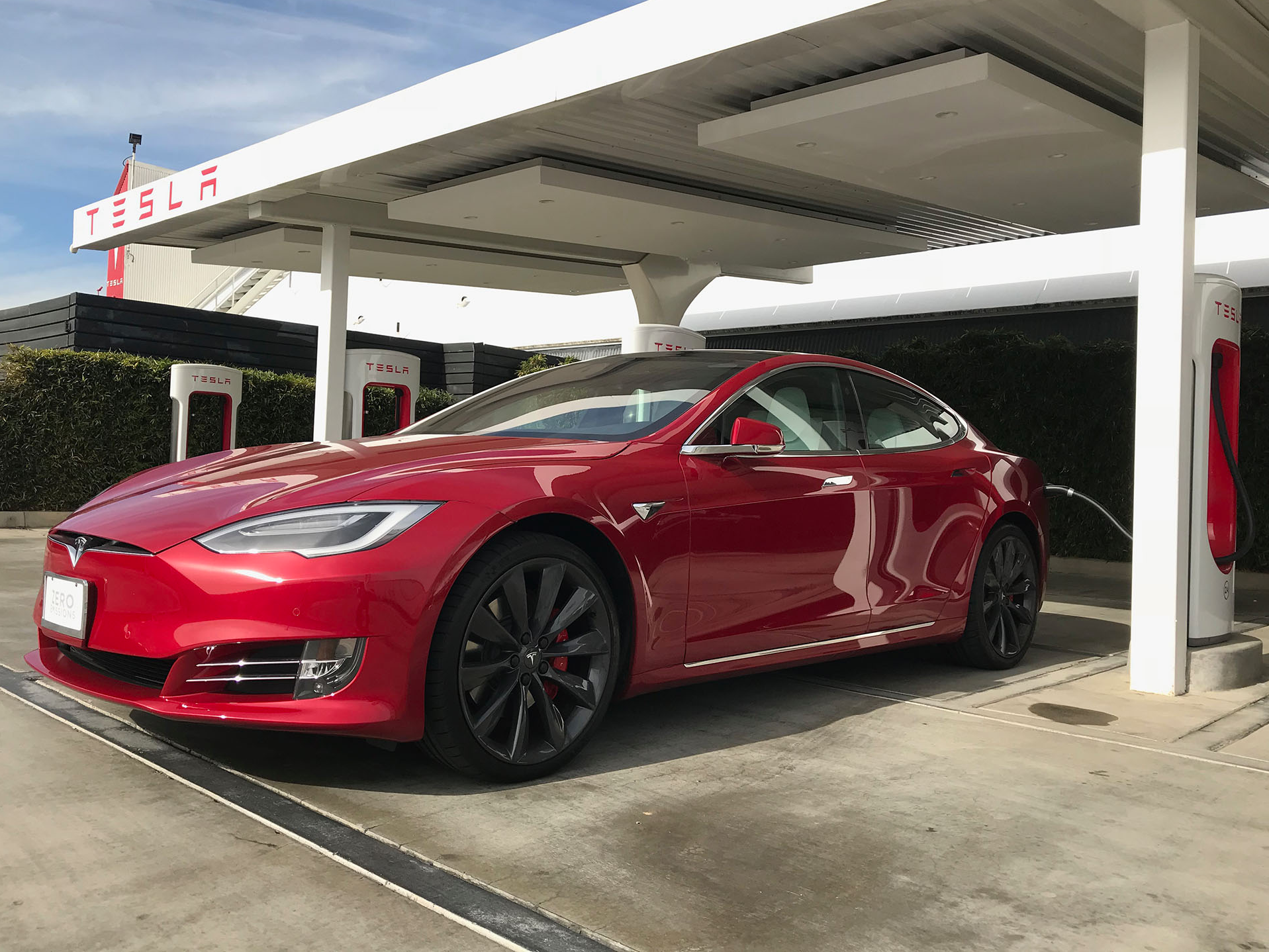- Tesla first introduced the Model S in 2012. Since then, it has earned lots of recognition and awards like MotorTrend’s “Ultimate Car of the Year.”
- The car, now seven years old, has never seen a full redesign, but the 2019 Model S has evolved significantly from the first iteration of the car.
- From losing front grilles and sunroofs to increasing its range, here are all the major changes Tesla has made to the flagship Model S.
- Visit Business Insider’s homepage for more stories.
The Tesla Model S has earned many accolades, from being labeled the best-selling car in Norway in 2013 to being awarded MotorTrend’s “Ultimate Car of the Year” award.
Unlike other mainstream car manufacturers that may significantly update their vehicles before a full redesign, Tesla has taken a different route, implementing small aesthetic and mechanical changes over the course of each vehicle’s life cycle, while investing substantially more resources into over-the-air software updates that improve the vehicles internally.
Tesla CEO Elon Musk announced on Twitter in July that the Model S would not be refreshed this year, and would – along with its SUV sibling the Model X – only receive incremental changes instead.
And since its introduction, the Model S has undergone many changes, including updates to its drive unit, as well as exterior and interior aesthetic modifications.
Here is a timeline of some major changes the popular electric luxury sedan has undergone since its introduction, both in its aesthetics and in its programming and driving features.
In 2013, Tesla released the Model S P85+.
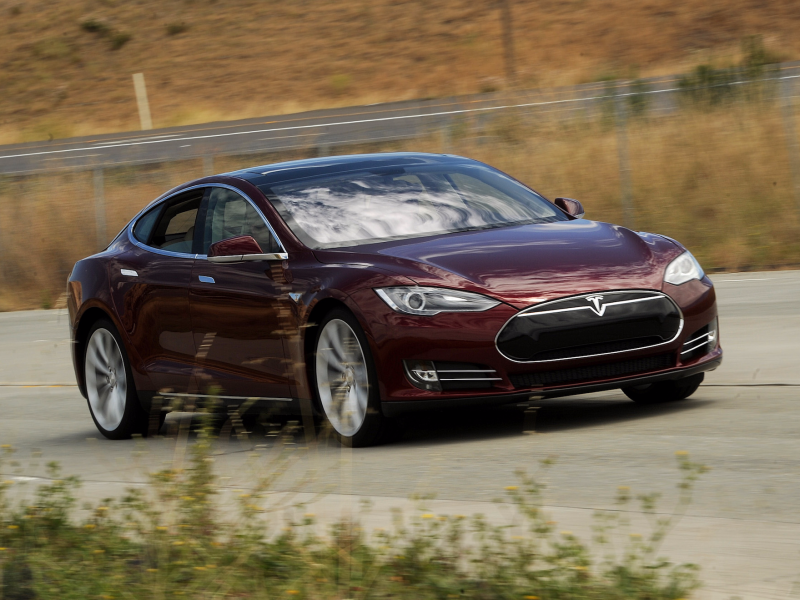
LED eyebrow Daytime Running Lights were available in 2013 as part of the $3,500 Technology Package, according to Green Car Reports. But after September 2013, the DRLs became standard equipment on the Model S even without the package, according to the Tesla Motors Club. The tech package included features like seven years of maps, keyless entry, and memory seats.
Tesla also introduced the Model S P85+ that year, according to MotorTrend. A 40-kWh Model S was removed due to poor sales, Autoblog reported.
The P85+ was a more powerful Model S. While a Model S with a 60-kWh battery has a zero-to-60 time of 5.9 seconds and a top speed of 120 mph, the P85+ could accelerate to 60 mph in 4.2 seconds with a top speed of 129.9 mph, according to Tesla.
The 40-kWh battery was removed after only 4% of customers chose the option, a number too low to justify production, Tesla said.
In 2014, Tesla's Autopilot driver-assist technology was introduced.
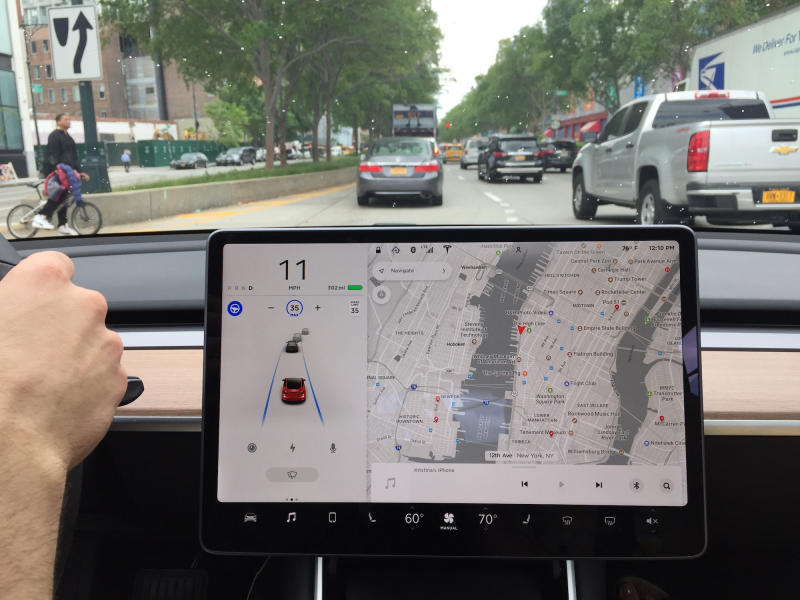
Autopilot became an add-on option in September 2014. By the end of the year, all new Model S cars included the camera, radar, and ultrasonic sensor hardware necessary for the addition. The functionality could be activated at any time for an additional fee.
The company also released the first dual-electric motor production car in the Model S in October 2014: the P85D. Tesla claimed that having an electric motor on each axle allowed for better traction and longer battery range.
In 2015, Tesla created another tier of the Premium Interior Package.
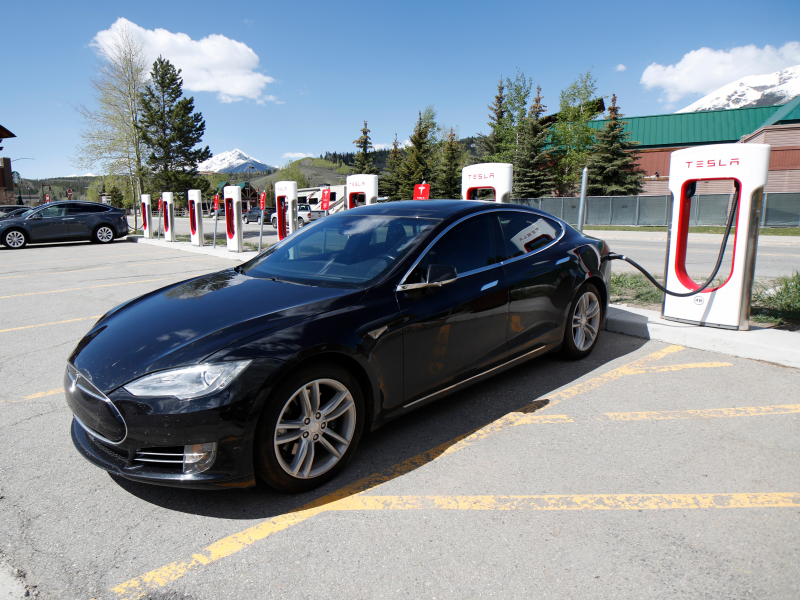
The Executive Rear Seats option was added as another tier to the Premium Interior Package, according to Car and Driver. The ERS provided two captain's chair-style rear seats with two-zone heaters and controls that allowed passengers to adjust media, climate, and panoramic roof settings with the Tesla app.
Tesla also announced the new Ludicrous mode for the P90D in 2015.

The new Ludicrous Mode brought the zero-to-60 time down from 3.1 seconds to 2.8 seconds, according to Motor Trend. This option came with a $10,000 price tag and was only available for the new top-of-the-line P90D.
Launch mode was also introduced as a new function and allowed for quicker acceleration from the starting line, according to Electrek.
Tesla also released a new 70-kWh battery in the Model S 70D, which replaced 60kWh version, according to the Green Car Reports.
The solid glass roof became an option in 2016.
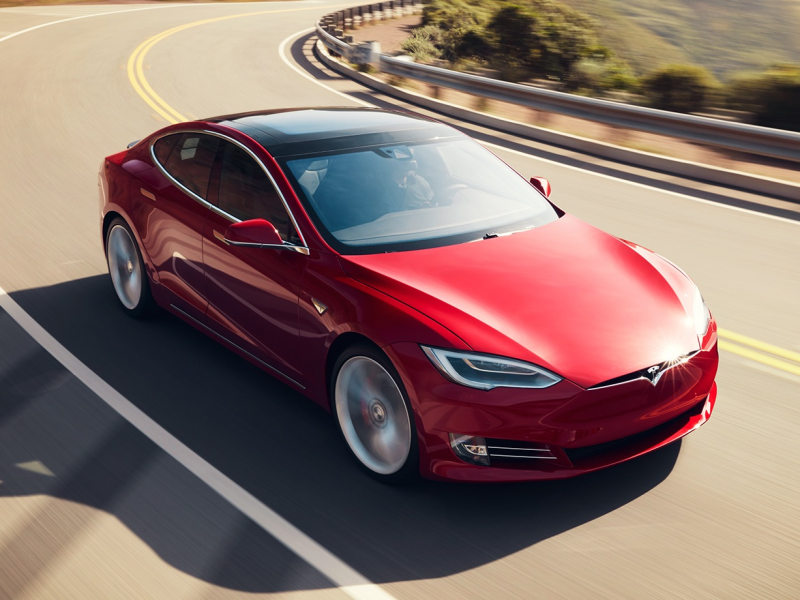
A few aesthetic changes to the Model S were made for the 2016 model year.
Tesla removed most of the faux-front grille in 2016, giving the front a cleaner ook. Also, a new vegan interior option was added to the Model S P100D, according to Electrek.
The glass roof became an option for the Model S and was endorsed by Elon Musk on Twitter. The solid glass roof cost about $500 less than the $2,000 panoramic roof. The three roof treatment options then became the painted roof, solid glass roof, or active panoramic roof.
In terms of non-aesthetic changes, the second version of the Autopilot hardware became standard after October 2016, according to Tesla. The "Full Self-Driving Capability" option, which, to date, has not yet been made widely available to the public, had a $3,000 price tag at delivery, according to The Verge.
Tesla bumped up the performance times it quotes for the car in 2017.
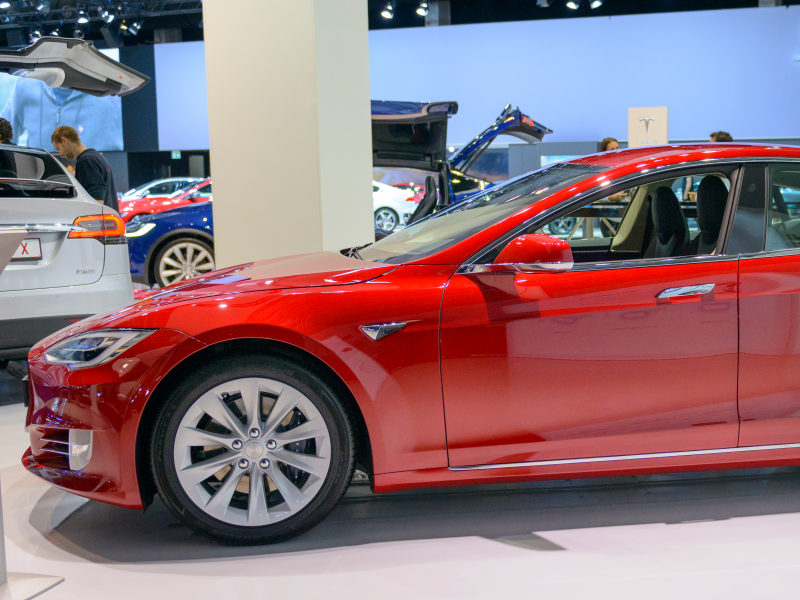
Tesla improved the quoted Model S zero-to-60 mph performance times, according to Electrek. The Model S 75's time dropped from 5.5 seconds to 4.3, the dual-motor 75D went from 5.2 seconds to 4.2 seconds, and the newer Model S 100D quickened from 4.2 seconds to 4.1 seconds. The 60 kWh version was discontinued.
Further, the range for the 90D improved from 270 miles to 294 miles on a full charge, and the P90D increased from 253 miles to 270 miles. Tesla said hardware and software improvements are to credit for the improved times.
Tesla also started bundling its interior options, Electrek reported and the glass roof and power liftgate became standard, according to Green Car Reports.
In 2018, Tesla changed the roof options again with the panoramic sunroof removed as an option.

Tesla canceled several options in 2018.
The company removed the panoramic sunroof in 2018, according to Electrek. Tesla also removed the black textile interior, rear-facing child seats, and 21" Black Arachnid wheels options. These changes were done to "simplify the product offerings" for the customers, Tesla said.
They also ended the referral program that included lifetime supercharging for the original owner, Electrek reported at the time.
The battery range for the 2019 Model S Long Range increased by 105 miles.

When the Model S was first released, it had a range of 265 miles. The updated Model S Long Range option now has a 370 mile range with the help of a new electric motor, according to Motor Trend. Tesla also added low-rolling-resistance tires.
Tesla dropped the option to outfit the car with a smaller battery, removing the 75 kWh in early 2019, Elon Musk tweeted. This left the base-level battery at 100-kWh.
Also, the adaptive air suspension was upgraded according to a message posted to Tesla's official Twitter account.
Two Model S builds are available right now: the Long Range for $72,115, and the Performance for $92,115.

